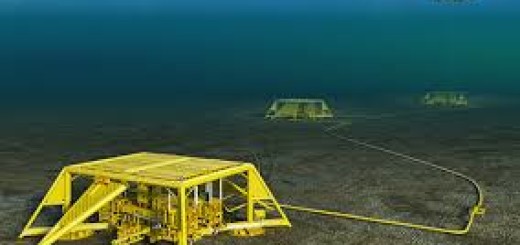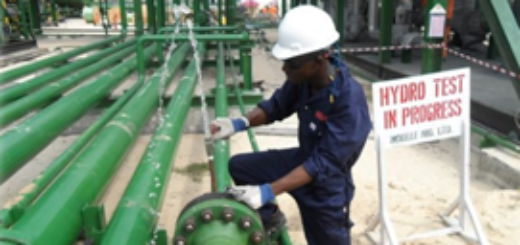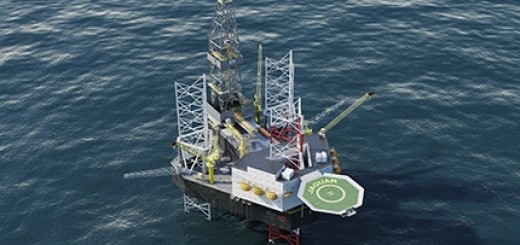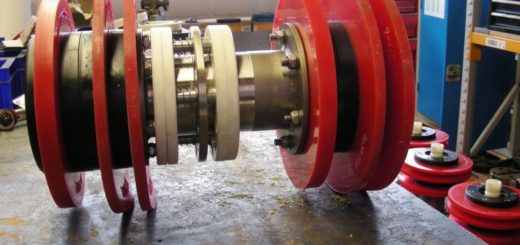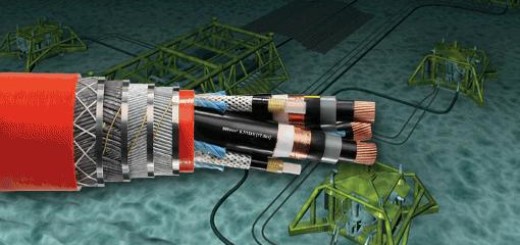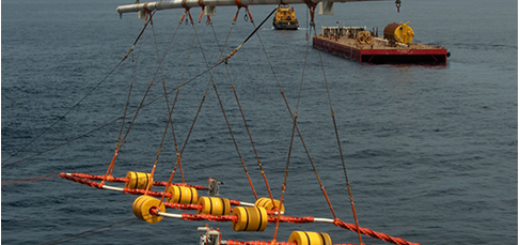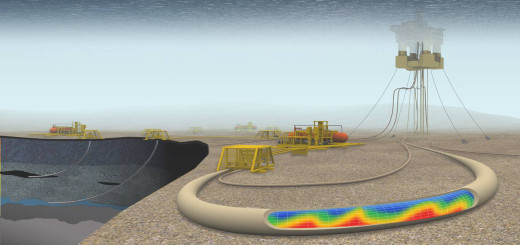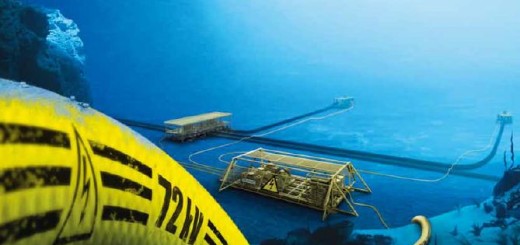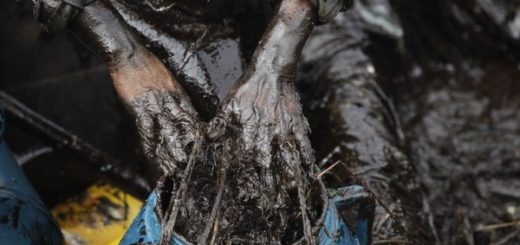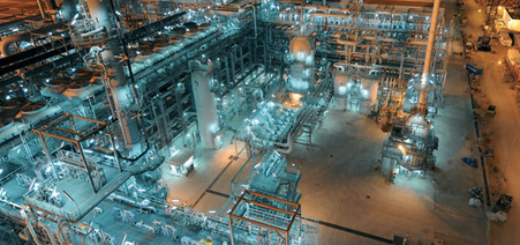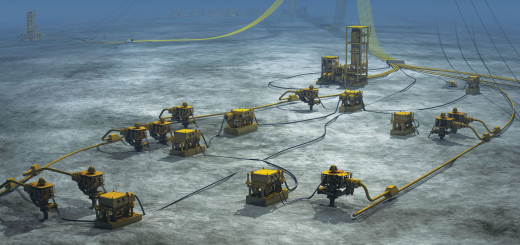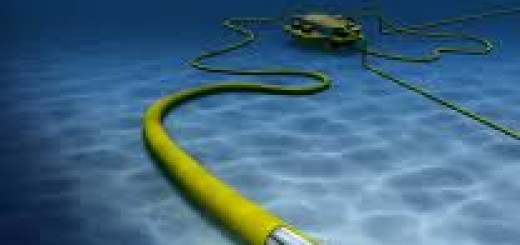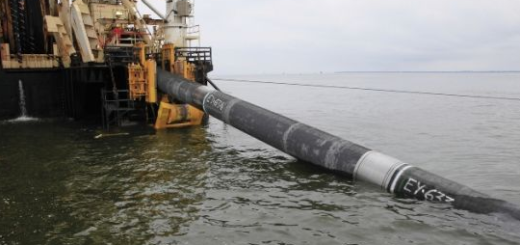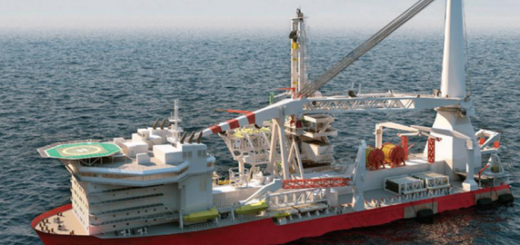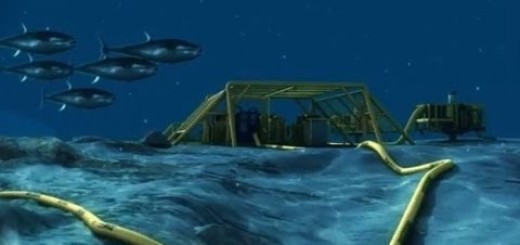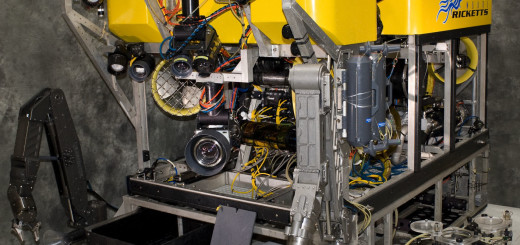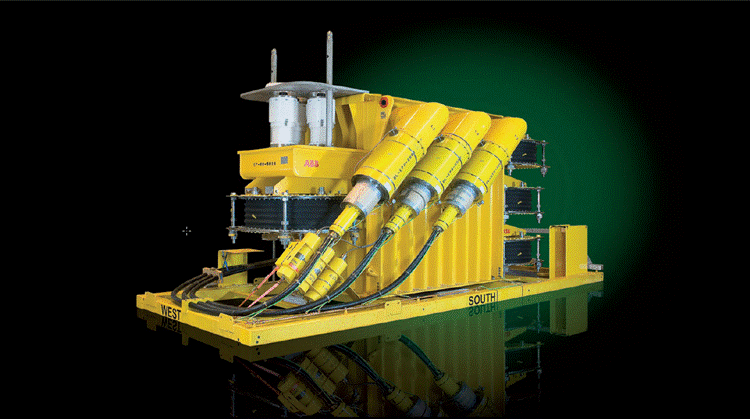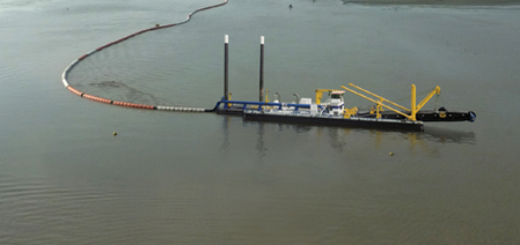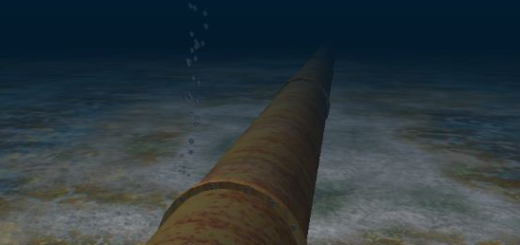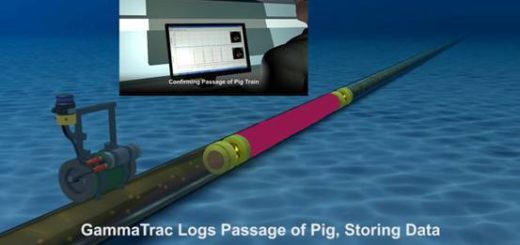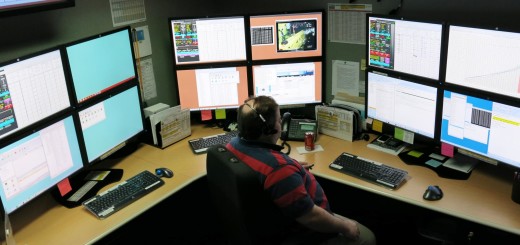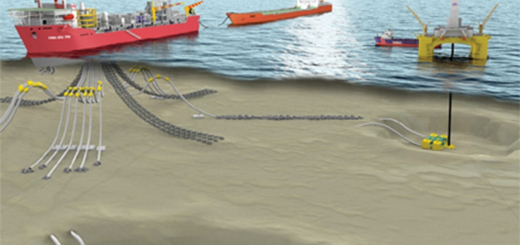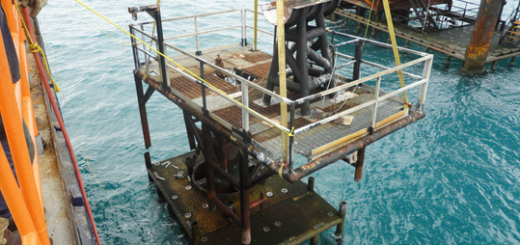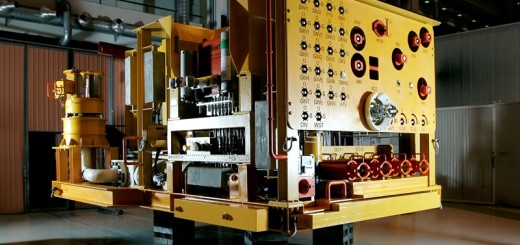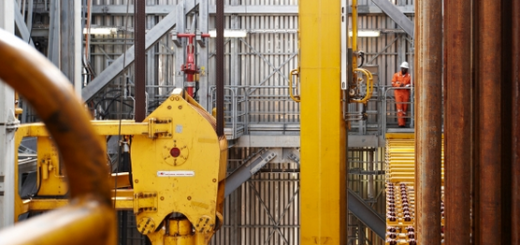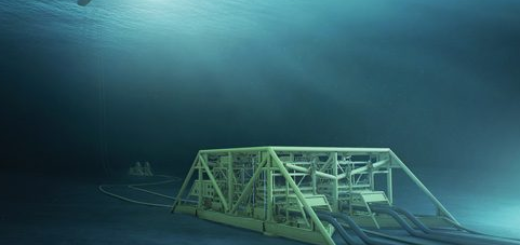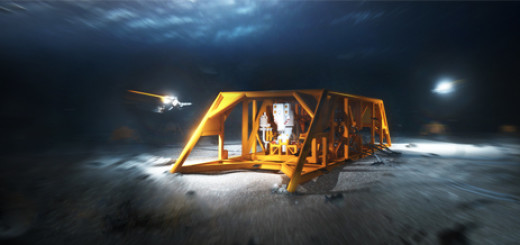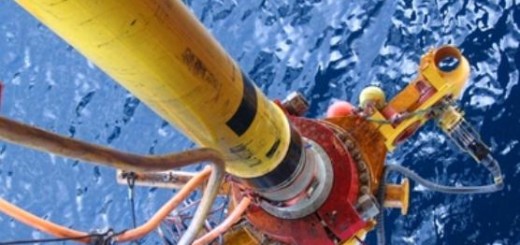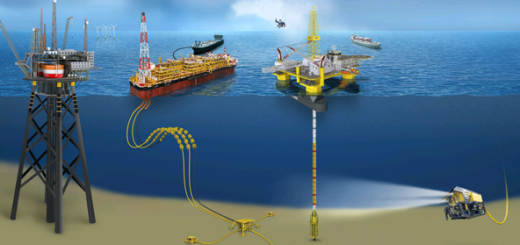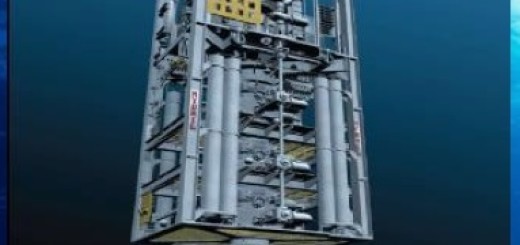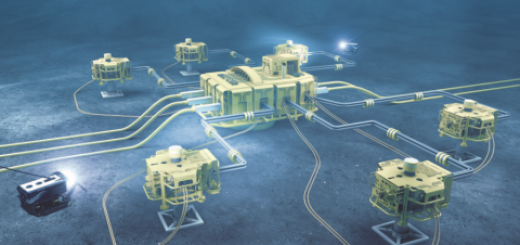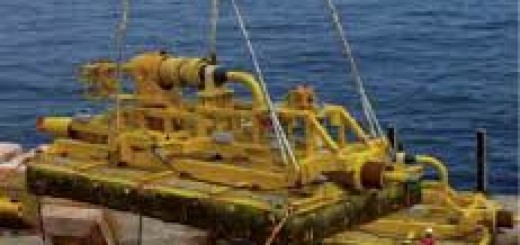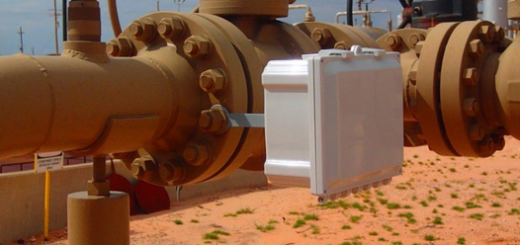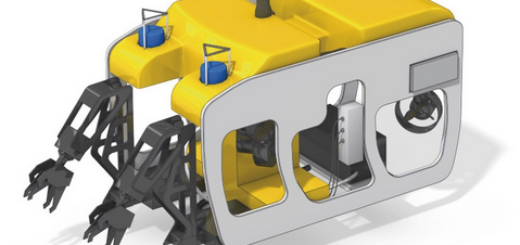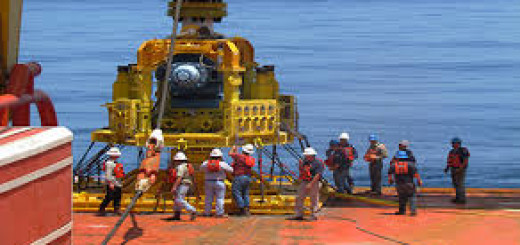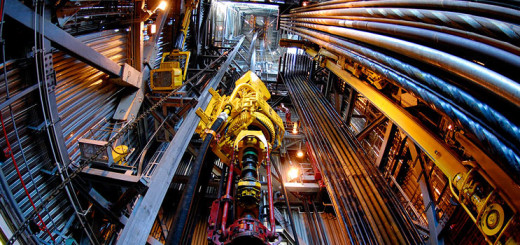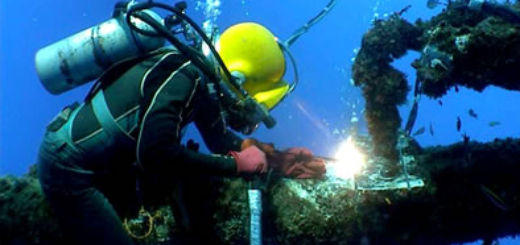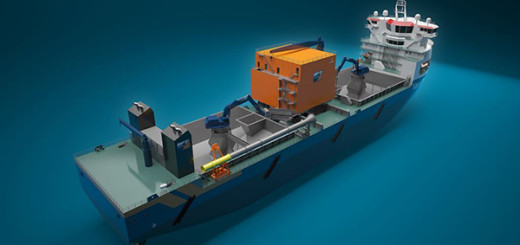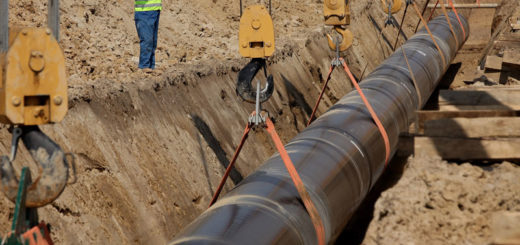Pipeline Ends and In-Line Structures
Pipeline Ends and In-Line Structures
An in-depth approach looking at how Pipeline Ends and In-Line Structures operate, the engineering principles involved and identifying the key areas that are often overlooked, such as managing availability and the reliability of Pipeline Ends and In-Line Structures.
Delegates will have the opportunity to see what different parts of the system look like, get an independent comparison of the kit and equipment available, and gain a greater insight into this specialist area. Course instructors are core subsea professionals.
Key learning areas
- Differentiate the types of Pipeline Ends and In-Line Structures and identify different subsea equipment and functionality
- Gain an in-depth understanding of how Pipeline Ends and In-Line Structures operate
- Understand the issues when overseeing the design and manufacturing of Pipeline Ends and In-Line Structures
- Take a look at future technologies
Contents
Day 1
- PLEM General Layout
- Components of PLEMs
- 16-in. PLEM
- 12-in. PLEM
- PLEM Design and Analysis
- Design Codes and Regulations
- Design Steps
- Input Data
- Design Methodology
- Structure
- Mudmat
- PLEM Installation
- Foundation (Mudmat) Sizing and Design
- Load Conditions
Day 2
- Mudmat Analysis
- Overturning Capacity
- Penetration Resistance of Skirts
- Bearing Capacity during Installation
- Bearing Capacity during Operation
- Settlement Analyses
- PLEM Installation Analysis
- Second-End PLEM
- Static Force Balance of a PLEM
- Bending Load on a Pipe with the PLEM Correctly Oriented
- Righting Torsion with the PLEM Misoriented by 90 Degrees
- Bending Load on a Pipe with PLEM Misoriented by 90 Degrees
- First-End PLEMs
- Stress Analysis for Both First- and Second-End PLEMs
- Analysis Example of Second End PLEM
Course Registration
For Registration details; please download the form here.
For further information on course fees or content details; please contact info@chesssubseaengineering.com

